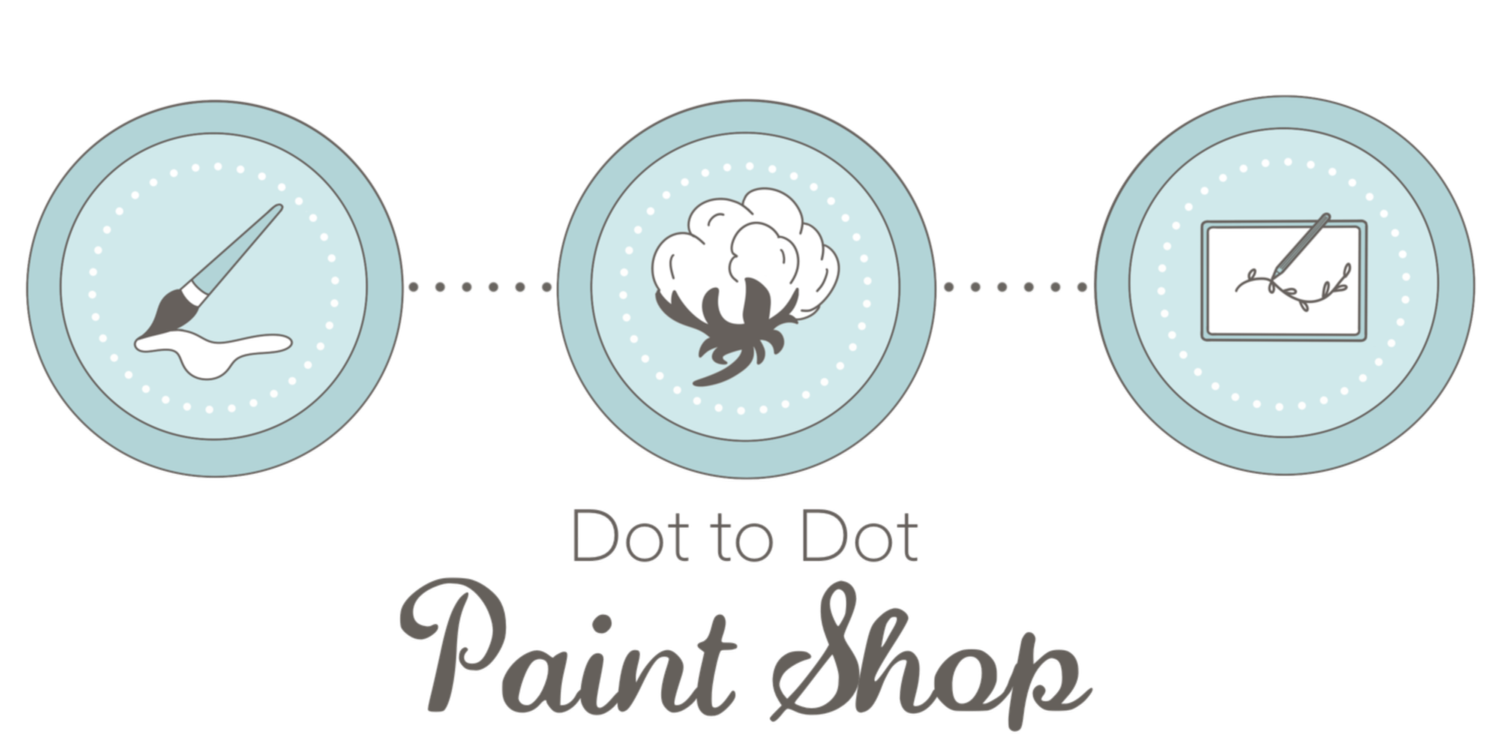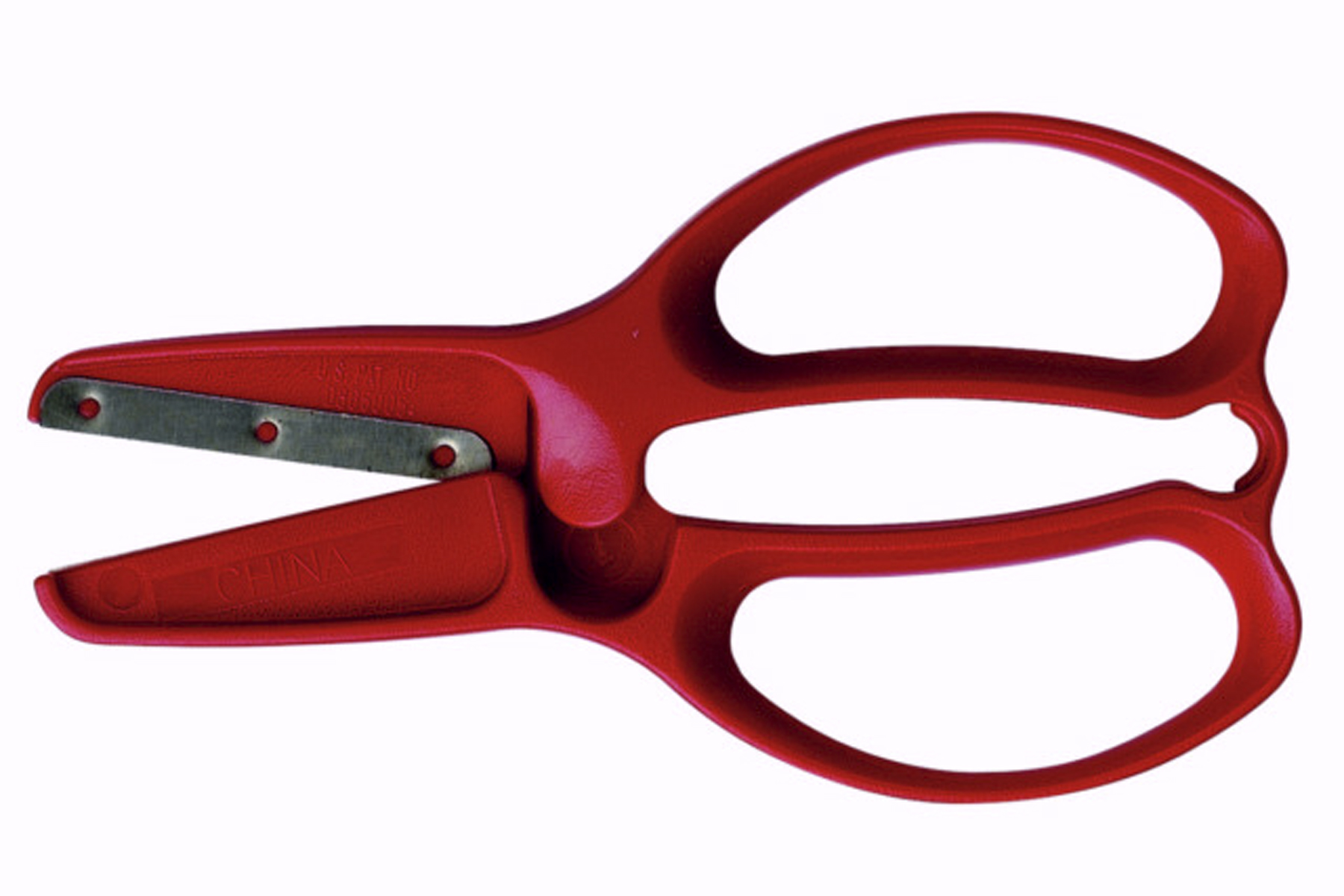Cutting Up: A Guide To Teaching Scissor Skills
/Does the thought of helping your child learn to cut with scissors send shivers down your spine?
Do you envision them taking the “distressed clothing” trend to a whole new level?
Teaching a child to use scissors can be tricky, but it doesn’t have to be scary. And, it can be lots of fun for both of you. After years of working with young children, I have come up with a few tips to make the process easier—and safer— for both of you.
Scissor safety comes first!
1. I recommend that you figure out what your ground rules are for using any new materials, especially scissors, before introducing them to your child. Don't wait until the need for intervention arises. Thinking it through ahead of time will let you be prepared to handle any situation much better. Things to think about are: where to use them, with how much supervision, when to use them, and what can be cut. For example: Your scissors might be stored in a drawer that is not accessible to children and can only be used with mom or dad supervising. Or, perhaps you are comfortable having them within reach, as long as an adult is present to oversee the activity.
2. Go over those rules with your child, being sure they understand them. Rather than drill them on these rules, make it exciting - as if it is something that is reserved for very responsible children, and because they are now old enough and responsible, you want them to learn about scissors. (Children will most often rise to meet our expectations.) Repeat the rules whenever necessary as they are learning to use scissors. Remind them where to put them away, who needs to be present, etc.
3. Teach your child the proper way to carry scissors. Most scissors for young children have rounded points, but it is a good idea to get into the habit of walking with the “point” down, regardless, and to never run with scissors in their hands. Let your child tell you why it is important to hold them that way, so that you can be sure they understand.
4. Teach your child that we only cut paper. Never books. Never skin. Never hair. And never clothing. They will be curious, for sure, but most will adhere to the rules if you explain that cutting other things ruins them and we have people available who are specially trained to cut hair. (And if you run into one of "those situations", try to stay calm and handle it without completely losing your cool.)
* When my oldest daughter was 3 and her baby sister was taking a nap, I decided to work on some sewing while she watched a movie on TV in the adjoining room. I noticed that she had moved just out of my line of sight, but I was busy and didn't go check. After a few minutes, I called out to her, and when she didn't respond right away, I went to see what she was up to. Immediately, I noticed a lock of hair in one hand (with more on the floor) and her baby sister's fingernail scissors in the other. When she looked up at me, there was a huge gap in the middle of her thick blonde bangs. I don't remember my reaction exactly, but I remember thinking how irresponsible of me to leave them where she could reach them, and being so thankful they weren't full-size scissors! Jana was an extremely responsible, easy toddler for the most part, but I had never talked to her about cutting only paper. This just serves as a reminder that we should never take that sort of thing for granted--even wonderfully well-behaved children are curious and it only takes a few minutes to teach safety rules!
Now, what kind of scissors should you use?
There are many different types of scissors out there for young children, and while most are very inexpensive, I definitely recommend sticking with a quality pair from a reputable maker. Working with sub-par scissors is a lesson in frustration for anyone that tries to use them and our goal is for our children to be successful and not frustrated.
If you are planning to purchase a new pair of scissors, please don't get the kind pictured above. These plastic scissors do not cut well in most cases and because they tend to bend easily, the gap between the blades gets larger, making it impossible to cut accurately.
My favorite brand of scissors is Fiskars and they have a variety of styles that are perfect for beginning cutters, however, you may find another brand that works well for you. One of the nice thing about all of the Fiskars scissors below is that they work well for either left- or right-handed children.
Let's look at the types of scissors:
Starter scissors are perfect for the youngest children who are just learning to cut. While almost all children have the strength and dexterity to close scissors, toddlers and other beginning cutters often have difficulty opening the scissors. Of course, it takes both, so scissors with a spring action are great to get used to this action.
This pair of spring-loaded scissors is for the youngest of children. Instead of putting thumb and fingers in holes to operate, they grip them with their whole hands, which is perfect for toddlers, and it doesn't matter which side is facing up.
I really love this next pair of scissors. Made by Fiskars, not only is it spring-assisted, but it has a small tab that can be moved to keep the scissors from closing completely. This is an important to skill to learn when moving your scissors forward across a piece of paper and one that many children struggle with at first. By putting the block in place while they are learning, they are able to cut, but the paper does not get caught in the blades since they do not completely close. Once they become more proficient, simply swing the block out of the way. (I recently found a great pair of these "starter scissors" at Dollar Tree - not Fiskars brand, but they work very well.)
Preschool Scissors are just like those for older children, except that they have a blunt tip. There are a couple of different styles, but they all work basically the same. Scissors that have an extra hole for the pointer fingers are especially comfortable and make it easier to learn which fingers go in which hole.
Those without the extra hole, but still have a blunt tip are also available. These feel great to use because of the molded fit.
Elementary Scissors are generally a bit sleeker and have a pointed tip.
With all the choices out there, you are sure to be able to find a great pair that doesn't cost an arm and a leg. In the next post, we will begin by teaching your child how to place the scissors on their hands correctly (I have a few tricks) and how to start the process of actually cutting paper with a few helpful hints that will make it more fun for your young cutter and less stressful for you!










